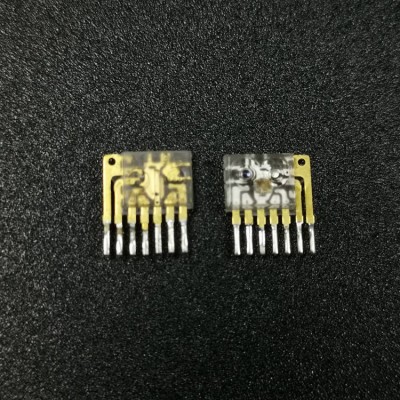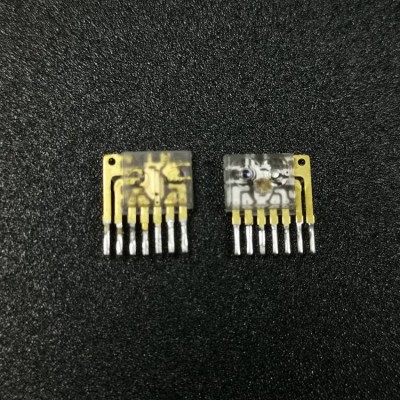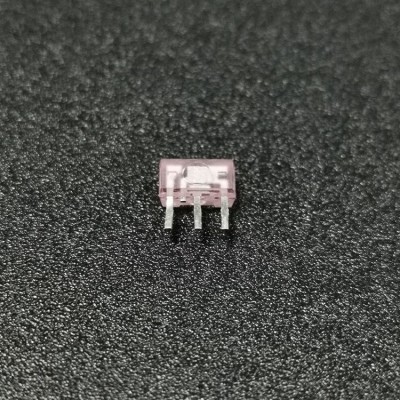



An audio transceiver chip is an integrated circuit that integrates the functions of sending and receiving audio signals, and is used to achieve two-way transmission, processing and control of audio data. It usually includes analog front-end, digital signal processing unit, communication interface, modulation and demodulation and other functional modules, and is widely used in wireless intercom, voice communication, smart home, vehicle-mounted systems and other fields.
Core features
1. Photoelectric conversion capability
Bidirectional conversion: The transmitter converts the digital electrical audio signal output by the device into an optical pulse signal and transmits it through optical fiber; the receiver restores the optical pulse to an electrical signal for processing by the back-end device.
2. Anti-interference and stability
Anti-electromagnetic interference: Through optical signal transmission, it completely avoids the common electromagnetic interference, radio frequency interference and ground loop problems in traditional copper cable transmission, especially suitable for complex electromagnetic environments
Low jitter design: Built-in clock recovery circuit reduces signal jitter, ensures accurate audio timing, and avoids sound stuttering and distortion.
3. Compatibility and flexibility
Multi-standard support: Compatible with a variety of mainstream digital audio protocols and adaptable to different device interfaces.
Wide voltage adaptation: Supports 2.7V~5V wide voltage power supply, which is easy to integrate into devices with different power supply specifications such as set-top boxes, audio, automotive electronics, etc.
4. Integration and low power consumption
High integration: Some chips integrate transmission, reception, signal amplification, filtering and other functions in one, simplifying peripheral circuit design and reducing device size.
Low power consumption: Static power consumption is usually at the mA level, which is suitable for portable devices or long-term audio and video systems.
Typical application scenarios:
1. Home audio and video systems
2. Professional audio equipment
3. Automotive electronics
4. Consumer electronics peripherals
5. Industrial and medical equipment
6. Medical equipment

